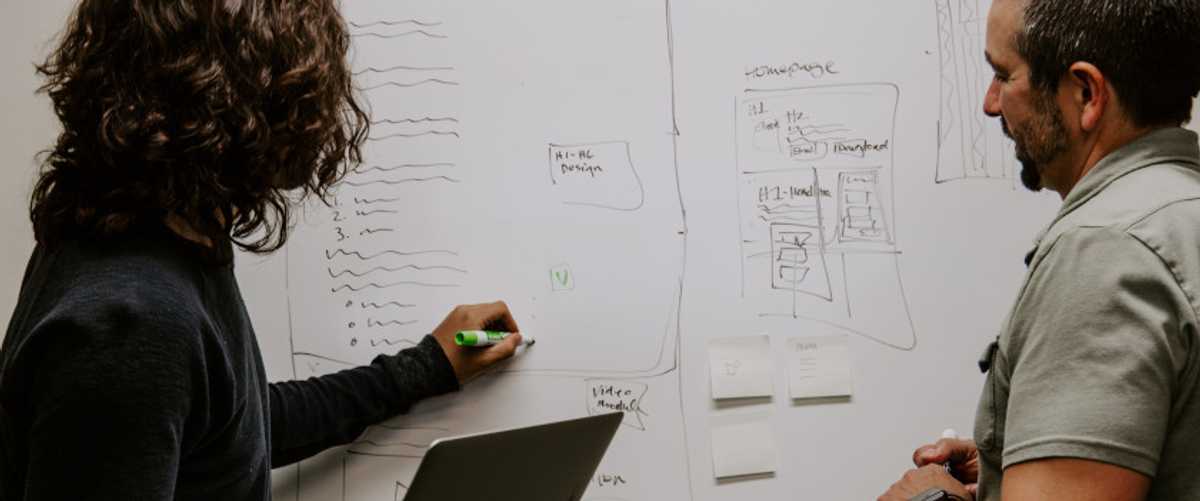Building trust, safety, and collaboration
Psychological safety is not about being nice. It is about authenticity, candor, collaboration, acknowledging mistakes, and hopefully also about being nice.

When I first learned about the concept of psychological safety I must have walked around in a daze for a few days. It would not have been because it was a new concept, but rather because psychological safety is a complete and holistic concept whose time had come in the workplace. As society has worked to diminish bravado, bluster, and machismo, embraced authenticity, and admitted that we each have varying strengths, so must our work culture embrace authenticity, focus on collaboration instead of criticism, and move past "failure is not an option".
"Psychological safety" was a term coined by Harvard professor Amy Edmondson in her 1999 paper "Psychological Safety and Learning Behavior in Work Teams". In her paper, Dr. Edmondson said that psychological safety is "a shared belief held by members of a team that the team is safe for interpersonal risk-taking," and that it “describes a team climate characterized by interpersonal trust and mutual respect in which people are comfortable being themselves". These descriptions, far from being dry and academic, hint perfectly how powerful authenticity is, and how important trust and respect are within a workplace. Additionally, Dr. Edmondson never describes it as a "get out of jail free" situation - rather, it is about "interpersonal" risk-taking. She describes a culture of communicating and learning from mistakes, so they may be quickly remedied - hopefully before a product or process even reaches the public.
Let’s start with “why”. Psychological safety is but one characteristic of a healthy, high-performing team. We embrace it so that we can quickly learn and fix issues as well as allow our talent to shine by vocalizing their new, novel ideas. By removing devastating consequences and potential embarrassment we immediately have the potential for retention, revenue and brand impact, all of which allow us to improve our bottom line. How then can we establish and nurture this positive characteristic?
Authenticity is the core of developing psychological safety. It establishes a "come as you are" mentality, where we can be comfortable feeling unsure and recognizing that each one of us has a role to play. When we accept ourselves and our fallibility, we come to accept the fallibility of others. Plus, when we are all human in front of each other, we build team bonds that are difficult to disrupt. We increase the desire of the team to think of themselves as one unit, directly impacting team effort and retention. By accepting that we are all fallible, we allow ourselves to remove our judgement mindset, allowing us to be present in the moment and introspective.
When we put psychological safety into practice, we embrace collaboration and problem solving instead of criticism and witch hunts. We ensure that as quickly as a mistake is made (perhaps an administrator types an extra zero and brings down a major cloud provider), we are able to identify it, remediate it, protect against it, and learn from it. When the team is ready to admit fault and collaborate, we are moving as quickly as humanly possible to make things better. Plus, if we are all fallible, we are all able to collaborate instead of pointing fingers at culprits and stockpiling resentment.
As much as “failure is not an option” is still relatively viable at NASA, we must recognize that failure has a time and place (and errors are inevitable) and must be corrected. In order to understand more about failure tolerance, we must embrace a “shift left” mindset. The closer to the creation process that errors and failures occur the less costly they are to fix. Indeed, if a bug occurs on a software developer’s workstation and is immediately fixed, was it ever a bug at all? We therefore have to ensure that failures are localized and occur in such a fashion as to be “immediately” fixable.
Psychological safety is an amazing characteristic of high-performing teams that is buildable and trainable. Like every behavior change, we must first model it ourselves as leaders. We must embrace our own fallibility and be authentic with our teams. It surely does not mean being uncaring about how often we are right or losing our professional bearing – but it surely DOES mean opening up with the team, telling stories from your time in the trenches, and participating in lowering barriers. We must then allow ourselves to be free from judgement when the team (or ourselves!) makes mistakes. Mistakes are temporary, even if they are occasionally costly, and they can be rectified and learned from. By modelling collaboration instead of criticism, we allow the team to open up with themselves and with leadership, leading to fruitful, prosperous communication.